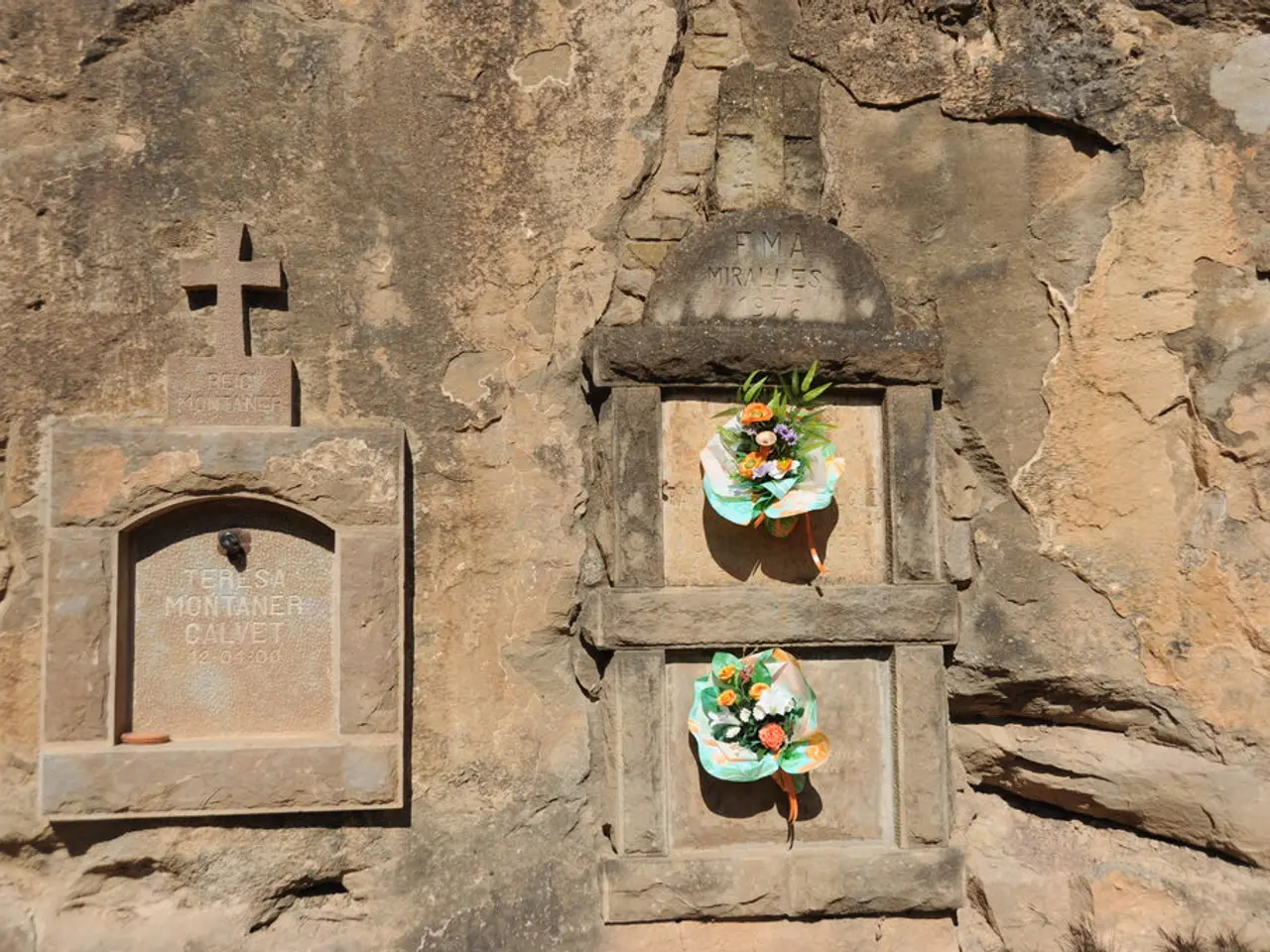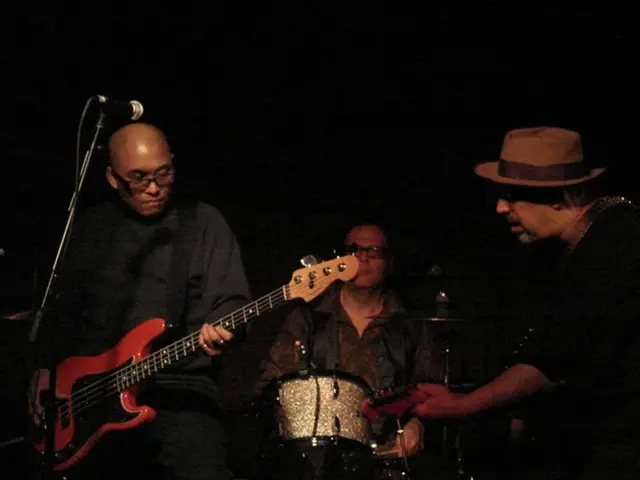Mount Rushmore's Patronage: Unveiling the Elusive Figures Involved in Its Creation - Presidents, Sculptor, and Klan Members Unmasked
In the heart of the Black Hills, a monumental tribute to American history stands tall - Mount Rushmore. This iconic sculpture, carved into the side of a mountain, is a testament to the grandiose vision of its creator, Gutzon Borglum, and the complex history that surrounds it.
Borglum, a sculptor obsessed with scale, symbolism, and immortalizing the nation's greatest ideals through art, took over the project proposed by South Dakota state historian Doane Robinson in 1923. Initially, the idea was to boost tourism with a monument featuring western legends. However, Borglum redesigned the project, choosing to portray four U.S. presidents—George Washington, Thomas Jefferson, Theodore Roosevelt, and Abraham Lincoln—as symbols of America's founding, expansion, preservation, and development [1][2][4].
The location for this ambitious sculpture was Mount Rushmore, chosen for its sturdy granite and favourable sun exposure. Work began in 1927 and was completed in 1941 [1][2][4].
The Ku Klux Klan, although Borglum had previously been associated with the Klan during earlier projects like Stone Mountain, did not have a documented influence on Mount Rushmore’s construction or planning [3]. However, the monument’s legacy is complex, including controversy over its location in the Black Hills—a sacred area to the Lakota Sioux people—leading to ongoing protests and disputes about its symbolism [1][3][4].
The engineering of Mount Rushmore involved overcoming immense technical challenges, as the sculptors had to carve the faces into the side of a mountain. Over 400 workers, many of whom were local miners and laborers seeking work during the Great Depression, were involved in the project [5]. Despite the hardships, millions visit Mount Rushmore each year to witness the monument in person, with the site serving as a backdrop for celebrations, protests, and quiet moments of awe.
The unfinished state of Mount Rushmore leaves rough edges, incomplete figures, and half-finished galleries on the mountain. Borglum's original design was more ambitious, including full busts, inscriptions, and a grand hall of records, but funding shortfalls, technical challenges, and Borglum's death in 1941 left the monument unfinished [6].
The question of who was truly behind Mount Rushmore has no simple answer, as it was shaped by various groups, including artists, workers, presidents, protesters, visionaries, and skeptics. Women were largely absent from the workforce, reflecting the era's social norms.
Mount Rushmore has faced criticism from Native American activists, environmentalists, and art historians, who question its existence, ecological impact, and representation of American ideals. Despite this, it continues to evoke different responses from visitors, with some seeing it as a tribute to democracy and bravery, while others are reminded of the pain and loss it represents.
References:
[1] History.com Editors. (2010, June 15). Mount Rushmore. History.com. https://www.history.com/topics/us-history/mount-rushmore
[2] National Park Service. (n.d.). Mount Rushmore National Memorial. National Park Service. https://www.nps.gov/moru/index.htm
[3] National Public Radio. (2017, June 18). Mount Rushmore: A Symbol Of America's Ideals And A Source Of Contention. NPR.org. https://www.npr.org/2017/06/18/533448330/mount-rushmore-a-symbol-of-americas-ideals-and-a-source-of-contention
[4] Smithsonian Magazine. (2012, June 18). A Brief History of Mount Rushmore. Smithsonianmag.com. https://www.smithsonianmag.com/history/a-brief-history-of-mount-rushmore-134634629/
[5] The Washington Post. (2017, June 18). The workers who carved Mount Rushmore. Washingtonpost.com. https://www.washingtonpost.com/history/2017/06/18/the-workers-who-carved-mount-rushmore/
[6] The New York Times. (2017, June 18). The Unfinished Story of Mount Rushmore. Nytimes.com. https://www.nytimes.com/2017/06/18/arts/design/mount-rushmore-unfinished.html
Although Borglum's grand artistic vision transcended various domains, including physics and symbolism, there is no recorded instance of him incorporating insights from the field of physics into the Mount Rushmore project. The complex politics surrounding the monument's construction and legacy, however, are evident in the ongoing disputes over its location, representation, and ecological impact.








